#dairy
Text
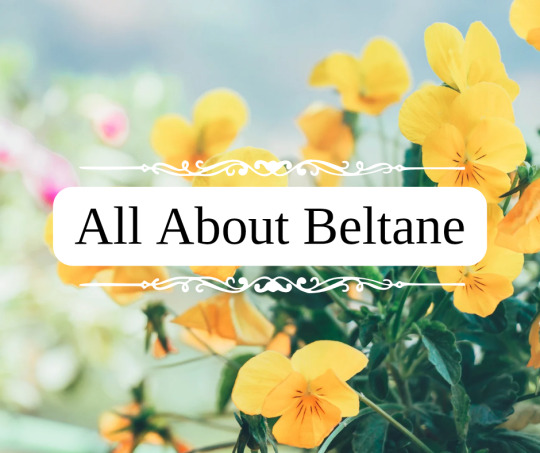
All About Beltane
Beltane, also known as Bealtaine in Irish, is a Gaelic holiday traditionally held on May 1st or the halfway point between the spring equinox and the summer solstice. It is believed to be named after the Celtic sun god Belenus. It was widely observed in Ireland, Scotland, and the Isle Of Man, and is one of the 4 major Celtic fire festivals. It is mentioned in even the earliest Irish literature and marked the beginning of summer and used as the marker to drive cattle into their summer pastures. Although public celebrations have mostly fallen out after the 20th century and many traditions have been mixed with other cultural holidays (such as the Roman holiday May Day), many Celtic Neopagans and Wiccans still celebrate, and many local traditions still continue, causing it to now get a cultural revival.
Traditionally, rituals were held to protect the livestock that moved pastures, along with crops, dairy products, and people, and to encourage growth. It was also important to appease the Aos Sí, or nature spirits/fairies, which were believed to be more active then.
According to early medieval texts in 908, druids would make two bonfires and drive cattle between them to protect them from disease. In the 18th and 19th centuries, bonfires continued to be an important part of the celebrations. Before the bonfires were lit, all hearth fires were put out, and then relit using the fire from the Beltane bonfires after the celebration.
Continuing into the 19th century, cattle were still driven over or between flames, or sometimes around the fires or made to leap over. The people themselves did as well for good luck and protection. Once the fires died down, people would dab themselves with the ashes and sprinkle them over their crops and livestock. Torches from the bonfires would also be brought home and carried around the home or boundaries, and also used to relight the hearth.
Food was also an important part of the Beltane festival, and usually included a feast of lamb, which, historically, was sacrificed. In 1769, it was written that a hot drink, called a caudle, made of eggs, butter, oatmeal, and milk was served, along with tossing a bit on the ground as an offering. A Beltane Bannock, a type of oatmeal cake, was also written to be important and had a few traditions around it.
In one tradition, the Beltane Bannock had nine knobs on it and each person would take the bannock and face the fire, proceeding to break off the knobs of bannock one at a time and tossing them behind their shoulder as an offering to the spirits for protection over their livestock and from predators (one for the cow, one for the sheep, one for the fox, etc). Afterwards, they would drink the caudle.
According to other 18th century writers, there was another Beltane Bannock tradition where the bannock would be cut into slices and one was marked with charcoal. The slices were then thrown into a bonnet and everyone would take one out while blindfolded. According to one writer, whoever pulled the marked bannock slice had to leap through the fire 3 times. According to another, the person would instead be pretend-thrown into the fire and for some time afterward people would talk about the person as if they were dead. This may have always been symbolic, or it may have been a tradition from a time where actual human sacrifice was used. This tradition was also near identical to May Day traditions that occurred in Wales and other parts of Europe, however.
Other traditions including flowers and plants were also observed, especially ones that evoked fire. Documents from the 19th century cite that yellow and white flowers, such as primrose, rowan, hawthorn, gorse, hazel, and marsh marigold was used and placed at doorways and windows. Sometimes they were strewn into garland, and other times they were made into bouquets, made into crosses, or fastened to them. They were also fastened to cows and milking/butter equipment.
Decorating a May Bush or May Bough was also a widespread tradition, and it usually consisted of a small tree or branch (typically hawthorn, rowan, holly, or sycamore) decorated with bright flowers, ribbons, candles, painted shells or egg shells from Easter, and more. In some traditions they also decorated it with gold and silver May Balls, which were hurling balls, that were then either given out to children or gifted to winners of a hurling match. It was also known as the only acceptable time to cut a thorn tree, as they were associated with fairies and may have also been a relic of worshipping tree spirits. It would either be decorated where it grew, or branches hung over windows, doors, roofs, and barns either inside or outside. Traditionally, it was the responsibility of the eldest of the house to decorate it.
The tree was usually left up until May 31st, but in some traditions it would be burned in the festival bonfire after singing and dancing around it. In Dublin and Belfast, May Bushes were brought into town and decorated by the whole neighborhood, with each neighborhood competing for the most beautiful bush. These competitions could also lead to neighborhoods attempting to steal others May Bushes, which eventually led to the May Bush being outlawed in Victorian times.
Appeasing the fairies was also a big part in Beltane celebrations, with many traditions revolving around offerings to the fairies and also warding them off, as there were many fears around them stealing dairy. One protection tradition was to leave 3 black coals under the butter churn. Another was to hang May Boughs on the milk pails. And yet another was to hang cattle tails in the barns. Flowers were also used to decorate the cattle's horns for good luck.
Farmers would also lead a procession around the boundaries of the farm and would "carry with them seeds of grain, implements of husbandry, the first well water, and the herb vervain (or rowan)", stopping at the four cardinal points of direction starting at the east, and performing rituals towards each direction at each stop. These processions were said to bring protection of their farm produce and encourage fertility. Some people also made the sign of the cross using milk on the backside of cattle for good luck.
As for fairy offerings, one tradition was to pour milk or leave food at places associated with the fairies such as "fairy trees". In Ireland, cattle were brought to "fairy forts" where a small amount of their blood was poured into the earth with prayers of the herd's safety. Sometimes, the blood would be left to dry and then be burnt.
Visiting holy wells was also a popular way to celebrate Beltane. Visitors would walk sunwise, moving from east to west, around the well while praying for health. They would then leave offerings of coins or cloth. The first water drawn from the well on Beltane was thought to be especially potent, and would bring good luck to the person who drew it.
Morning dew on Beltane was also thought to bring goodluck and health, and maidens would wash their face with it or roll in it at dawn or before sunrise on Beltane. It was also collected in a jar, left in sunlight, and then filtered. The dew was said to increase sexual attractiveness, maintain youthfulness, protect from sun damage, and ensure skin health during the ensuing year.
Modern day celebrations may vary from these more traditional festival activities, but many choose to incorporate or take inspiration from the traditions at least. Popular traditions still revolve around bonfires, feasts, decorating a May Bush, and focusing on protection and growth.
Beltane Associations
Colors - yellow, white, red, green
Food - lamb, milk and dairy, beef, bannocks, caudle, cakes
Animals - cattle, sheep, other herd animals
Items - primrose, rowan, hawthorn, gorse, hazel, marsh marigold, holly, sycamore, yellow and white flowers, flower garland, greenery, morning dew, dairy products
Crystals - citrine, fire agate, fire opal, carnelian, red and yellow jasper
Other - protection, fertility, good luck, fire, smoke, ash, sun, bonfires, farming
Ways To Celebrate
light a bonfire
jump over or dance around a bonfire
decorate a May Bush or May Bough
craft and hang flower garland
bake Beltane Bannocks
collect morning dew
create some caudle
ward and protect your home or property
leave offerings for the fairies
focus on protection, growth, and luck magic
enjoy time in the sun
have a feast
create a bouquet out of yellow and white flowers
visit a farm or petting zoo
#beltane#beltaine#bealtaine#celtic#gaelic#irish#scottish#pagan#witch#witchy#wicca#may day#magick#magic#magickal#grimoire#tradition#celebrate#bonfire#fire festival#witchcraft#spiritual#witchblr#witch community#paganism#pagan witch#celtic paganism#paganblr#about#dairy
24 notes
·
View notes
Text
" Men in Gaza do cry.


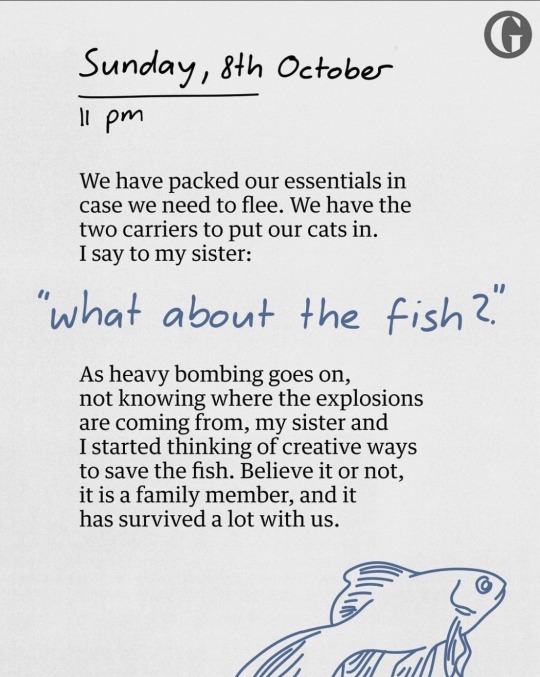
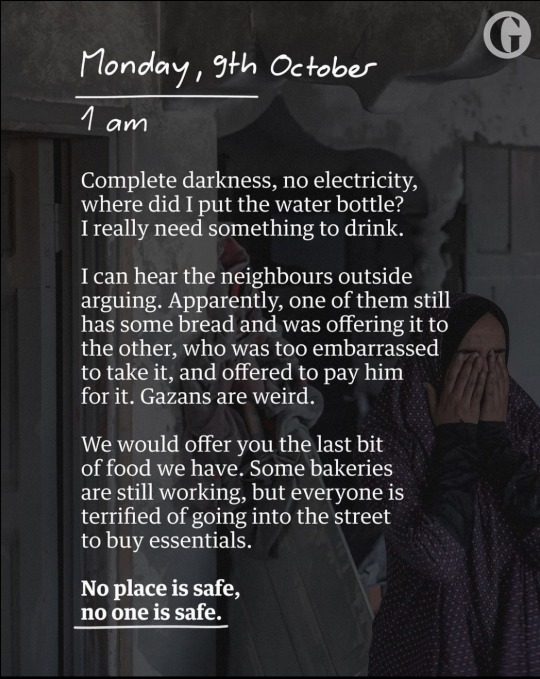






When they lose their homes that they spend their
whole lives building, they cry
When they see their dreams and hopes getting destroyed, they cry.
When they realise how scary and uncertain their future is, they cry.
And because they are human beings, full of feelings and emotions, they cry."
This is an excerpt from a 35-year-old Palestinian's account of life in Gaza under siege.
Ziad has been writing for the Guardian about the realities of the Israeli bombardment, as he, his sister and their pets, flee their home in Gaza City in the hope of survival.
You can read his diary entries in full via the link:
#palestine#free palestine#israel#gaza#free gaza#gaza strip#from the river to the sea palestine will be free#genocide#gazaunderattack#israel terror#we are not numbers#dairy#qoutes#the guardian#art#history#pictures#insta#news#instagram#peace#love#israel is an apartheid state#israel is a terrorist state
16K notes
·
View notes
Text

The title of this is “From producer to consumer direct”. Postcard from my collection, undated.
2K notes
·
View notes
Text

{On November 1 by Franz kafka from the dairies of Franz Kafka 1910-1923}
#november#franz kafka#words#dairy#quote#poem#poetry#literature#typography#academia#aesthetic#quotes#lit#english literature#dark academia#light academia#chaotic academia#books#bookworm#books and libraries#book quotes#writing#spilled thoughts#spilled ink#dark acadamia aesthetic#dark acadamia quotes#dead poets society#poems on Tumblr#writerblr#booksblr
2K notes
·
View notes
Photo
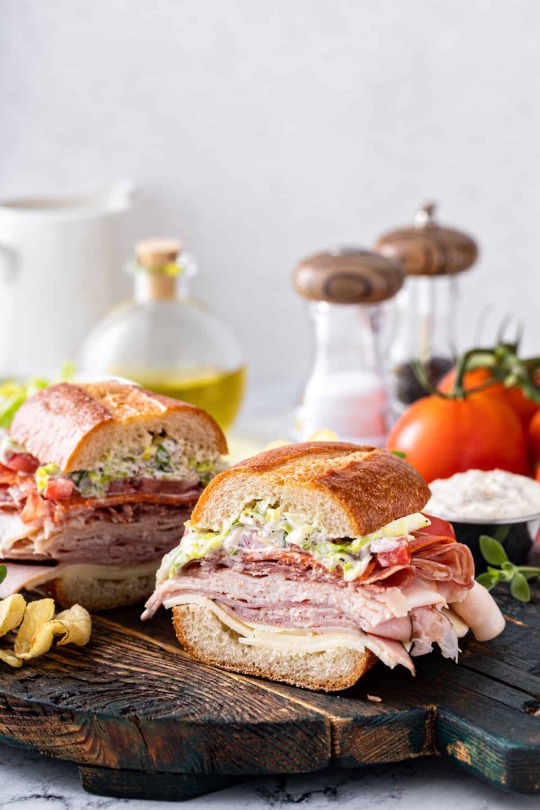
TikTok Grinder Sandwich
995 notes
·
View notes
Text
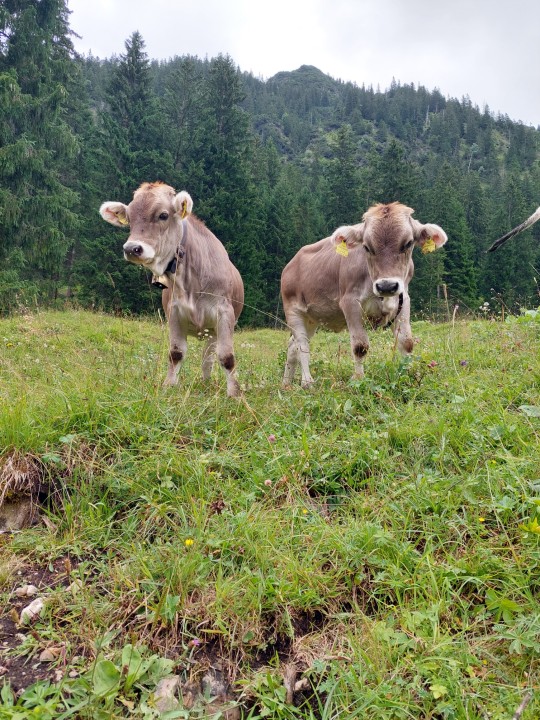
#cow#cows#cows are cool#koe#koeien#kuh#kühe#dairy#austria#Österreich#Oostenrijk#Osterreich#Alps#Gemseltal#mine#my pictures#my picture#Alpen
229 notes
·
View notes
Text
Prof Scarborough surveyed 55,000 people who were divided into big meat-eaters, who ate more than 100g of meat a day, which equates to a big burger, low meat-eaters, whose daily intake was 50g or less, approximately a couple of chipolata sausages, fish-eaters, vegetarians and vegans.
The analysis is the first to look at the detailed impact of diets on other environmental measures all together. These are land use, water use, water pollution and loss of species, usually caused by loss of habitat because of expansion of farming. In all cases high meat-eaters had a significantly higher adverse impact than other groups.
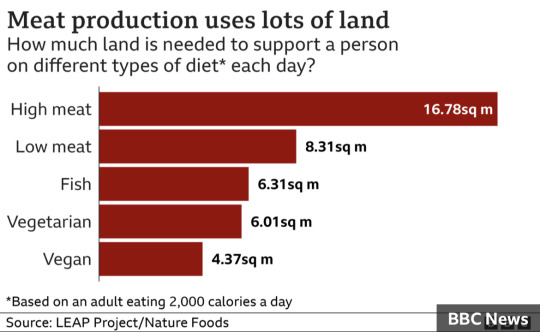
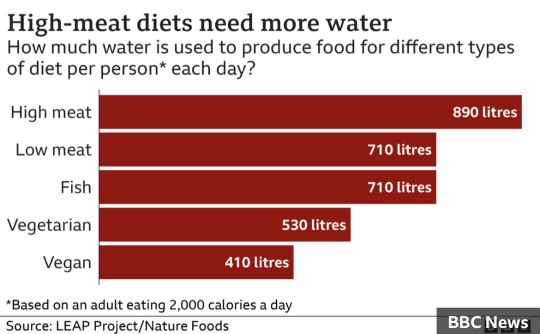

#vegan#meat#dairy#climate crisis#climate change#environment#studies#infographics#articles#news#to add
527 notes
·
View notes
Text

#curators on tumblr#food#foods#delicious#icecream#ice cream#dairy#cookies and cream#strawberry#mint#chocolate#li_fooddrinks
247 notes
·
View notes
Photo
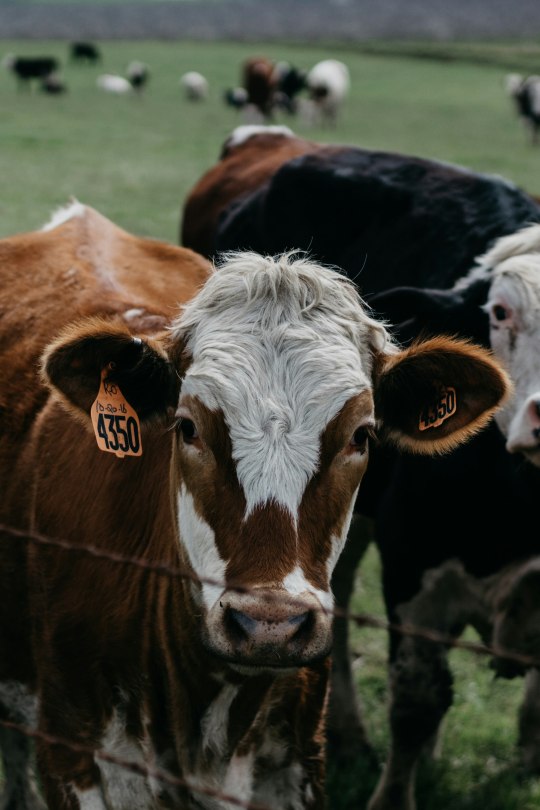
Credit: Harry Hundal
#cow#cattle#bovine#farm#ranch#herd#tag#rancher#cowboy#western#agriculture#livestock#pasture#dairy#beef#farmer#farmstead#homestead#land#farmland#feedlot#dairy farming#rurual#countryside#rustic#cattle ranch
142 notes
·
View notes
Text

1953 Lady Borden Praline Pecan Ice Cream
#1953#lady Borden#ice cream#Borden#dairy#dessert#cerealkiller#vintage food#food#vintage advertising#vintage magazine#kitchen#magazine#1950s#50s#50s ads
75 notes
·
View notes
Text

Advertisement for Gay Lea fruit yogourt (1986).
86 notes
·
View notes
Text
Inspired by last poll:
109 notes
·
View notes
Text

“From factory to consumer”. Postcard from my collection, mailed 1907.
777 notes
·
View notes
Text

August 12, 1914
The Diaries of Franz Kafka, 1914-1923
{The fact that I am sleep deprived today and Kafka wrote this}
#franz kafka#dark acadamia aesthetic#dark acadamia quotes#classic literature#english literature#literature#lit#dairy#poem#poetry#words#art#spilled ink#spilled writing#light academia#light acadamia aesthetic#chaotic acadmeia quotes#chaotic academia#writing#dark academia#books and libraries#poets and writers#academia#dead poets society#book quotes#spilled thoughts#romanticism#quote#quotation
2K notes
·
View notes
Photo
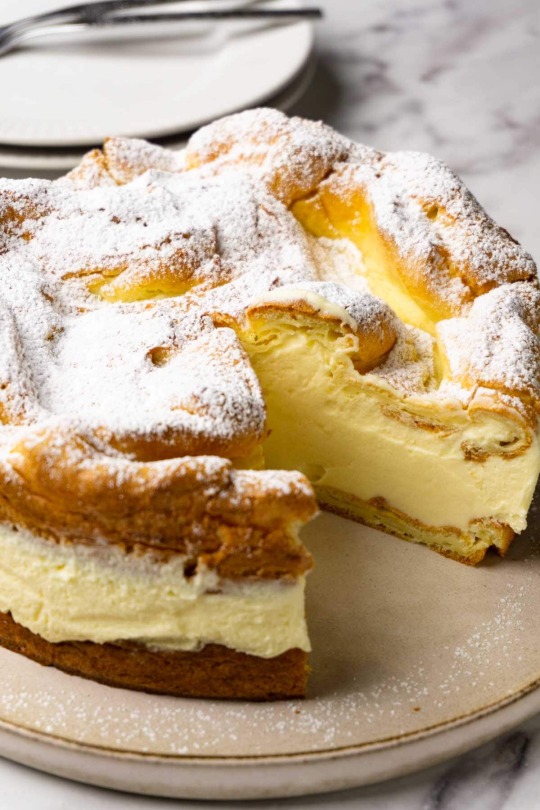
Karpatka (Cream Puff Cake)
600 notes
·
View notes
Text
Only for cheese lovers!
Super random fun fact:
You probably know feta cheese. When it comes to Greece it's always feta this, feta that. The truth however is that there are many more types of Greek cheese and many are delicious! In fact, there are more than 60 different types of Greek cheese recorded.
Below is a list with some of the famous ones (and my faves). If you love cheese, check it out!
Feta
Okay, yeah, let's get the celebrity out of the way fast. Feta is a sheep and goat's milk brined white cheese. It accompanies perfectly salads (especially tomatoes and olives) and it makes a great filling for filo pies. It is often served dressed in oregano and olive oil. Feta has a slightly spicy and certainly distinctly salty flavour - if you buy or order feta abroad and it is not pretty salty with a hint of spice, then you have likely been played and given cheaper white plain cheese.
youtube
Anthótyros
This is a cheese already produced in antiquity. Anthotyros is a soft cheese made with milk and whey from sheep or goats, sometimes in combination. It has a mild but very distinct taste and it's low in fats, so it is commonly eaten by people on a diet. It's eaten with honey and nuts, on salads or on pasta.

Galotyri
Literally meaning "milk cheese", Galotyri is produced by fatty sheep milk, 4-5 months after the animal has given birth, which is usually in the summer. It is creamy and milky and has a very fresh, cool taste that makes it ideal for summer meals.

Graviera of Naxos
The best cheese in the universe, also known as my favourite cheese, Graviera of Naxos is a PDO hard yellow cheese made of cow milk (with some addition of sheep and goat milk). It has somewhere between a salty and an umami taste and it is enjoyed with wine. It also makes a fantastic filling for fylo pies. If you see in a pie shop a pie with "Graviera Naxou" in, it's a no brainer. Try it! I have yet to eat an underwhelming one!
(Graviera is also produced in Crete island and this version is very famous as well, but my personal preference is the one from Naxos island. )
Kalathaki of Limnos
Another protected one, Kalathaki Limnou is a white brined cheese dried in small baskets, from which it gets its name (kalathaki = small basket). It is similar to feta, but less sour.
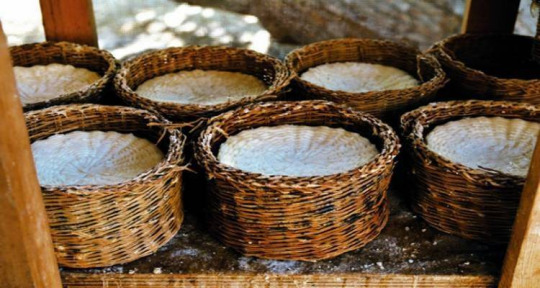
Kasseri
Kasseri is a hard pale yellow cheese made from pasteurised or unpasteurised sheep milk and at most 20% goat's milk. Kasseri is a protected designation of origin, according to which the cheese must be made in the Greek provinces of Thessaly, Macedonia, Lesvos island, or Xanthi, however similar types of cheese are produced in the Balkans, Romania and Turkey. It is ideal for sandwiches and toasts, it has a buttery and salty taste and it goes well with wines.
Katiki Domokú
Katiki Domokú is produced in Domokós, in the region of Phthiotis. It is a soft white cheese with low fat content. It is made from pasteurised milk that curdles without rennet and it is drained in bags made of cloth. It can be served in toast or dakos. It can be added in salad as an ingredient and it fills pies.
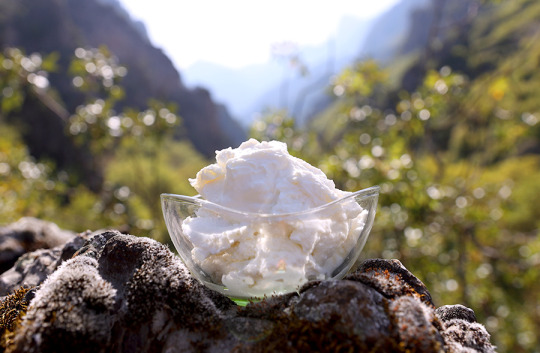
Kefalotyri
Already popular in Byzantine times, Kefalotyri is a very hard cheese that can range from yellowish to whitish and is made of sheep or goat's milk. Kefalotyri can be consumed as is, fried in olive oil for a dish called saganaki, or added to foods such as pasta dishes, meat, or cooked vegetables, and is especially suited for grating. It is in fact our first choice to be grated on top of dishes, an equivalent of parmesan for the Italians, but harder.
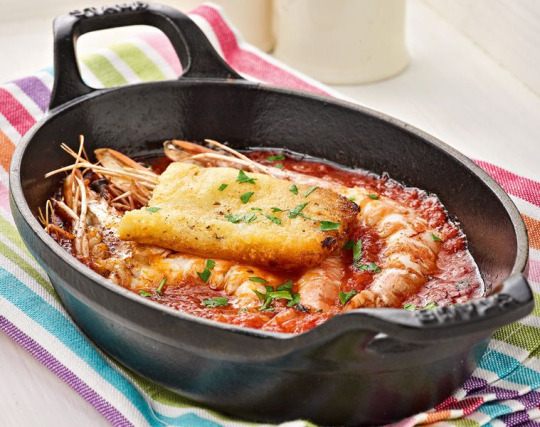
Fried Kefalotyri with shrimps
Kefalograviera
A PDO cheese as well, the off-white Kefalograviera is in between the worlds of graviera and kefalotyri. It is produced and consumed in similar ways. It is saltier than a typical graviera and a little softer than a typical kefalotyri. It accompanies white wines very well.
Kopanistí
Kopanisti is a salty, spicy cheese, with protected designation of origin (PDO) produced mostly in Mykonos island for more than 300 years. It owes its special peppery and spicy taste to rapid and extensive lipolysis and proteolysis caused by abundant microbial growth encouraged by repeated kneadings performed during the ripening process. This is why it is called kopanisti, which means "beaten". The most popular way of serving is in a dish called "mostra" which contains dry bread with kopanisti cheese, chopped tomatoes and olive oil.
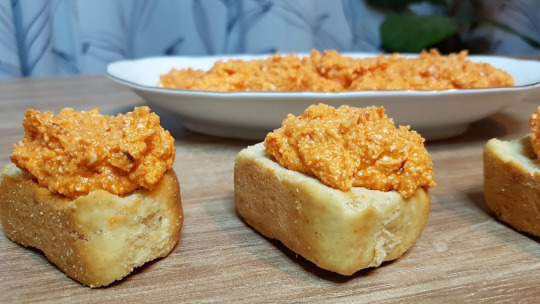
Manuri
Manuri is an ancient Greek PDO semi-soft, fresh white mixed milk-whey cheese made from goat or sheep milk. It is produced primarily in Thessaly, Macedonia and Crete island. It has a sweet and mild taste and is used in appetizers, salads, desserts and savoury meals. It is considered a gourmet choice.

Green salad with fruits, cranberries and manuri
Metsovone
Produced in the mountainous town of Métsovo, Metsovone is a PDO semi-hard, smoked cheese made of cow's milk. It accompanies white wines and is used in salads and appetizers.
Myzithra and Xynomyzithra
Myzithra is a Greek whey cheese or mixed milk-whey cheese from sheep or goats, or both. It is primarily produced on the island of Crete but is widespread throughout Greece. The cheese is soft, snow-white, creamy, and moist. Since no salt is added to mizithra it has an almost sweet and milky taste. It is eaten as dessert with honey or as an appetizer. It is used as a table cheese, as well as in salads, pastries and in baking, notably in little cheese pies (handful size) and Sfakiani pita (pie from the Sfakiá region).
Myzithra that is salted and aged becomes dryer, denser, saltier and more sour (xyní). This version, xynomyzithra ('sour myzithra') is often grated. Xynomyzithra is considered the grating cheese par excellence of Greek cuisine, and is especially suited for sprinkling over hot pasta. (It is less common than Kefalotyri but more gourmet, in short.)
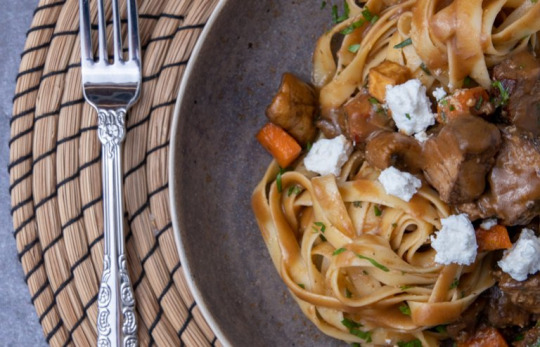
Xynótyro
Xynotyro is an unpasteurized whey cheese made from sheep's or goat's milk, with a hard and flaky consistency, a pungent aroma and a yogurt-like sweet and sour taste. "Xynotyro" means "sour cheese" in Greek. Xynotyro can be consumed either as fresh cheese or after being ripened with the use of naturally dominating microflora during a 3-month maturing period. The Lactobacillus strains in Xynotyro have antibacterial effects that kill Salmonella pathogens, a finding that is of special interest for producers of health-giving cheeses according to researchers at the French Institut National de la Santé et de la Recherche Médicale.
San Michele
San Mihali in Greek, it is a traditional salty and spicy PDO cheese, that is one of the most expensive in the country. It is produced exclusively in Syros island. It is made of cow's milk.
Sfela
Sfela is a PDO semi-hard white brined cheese with a spicy, salty and a little sour taste. Its production is founded on old tradition and this cheese is permitted to be produced only in the south of the Peloponnese, in the regions of Messenia and Laconia - both the animals and the production facilities have to be there. Sfela is served with bread, Maniot lalangia (a type of local pasta), accompanies meals and is used as filling in pies.
Talagani
A cheese that took its name from the word for the shepherd's cape in the Messenian dialect, talagani is a white sheep-goat milk cheese which is especially delicious when grilled, as it does not melt and it becomes chewy. It is consumed as an appetizer or in salads and is great when accompanied with honey or marmelades.
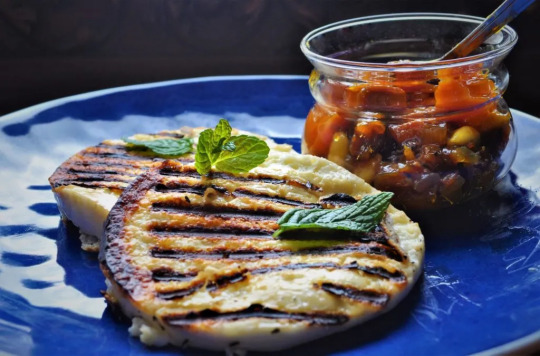
BONUS: Hallumi
Hallumi is the famous PDO cheese of the Republic of Cyprus. It is made from a mixture of goat's and sheep's milk, and sometimes also cow's milk. Its texture is described as squeaky. It has a high melting point and so can easily be fried or grilled, a property that makes it a popular meat substitute. Halloumi is popular throughout the Eastern Mediterranean.
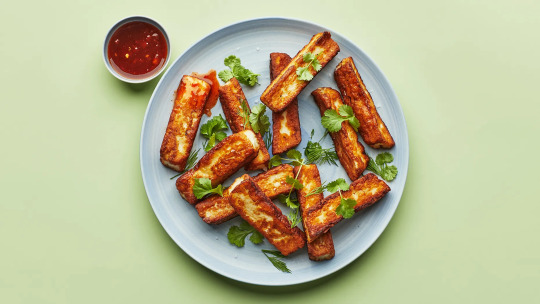
Honourable mentions:
Armogalo
Arseniko of Naxos
Thermiotiko or Kythnios tyros
Kariki
Cretan cheese
Ladotyri of Mytilene
Mastello of Chios
Batzos
Formaella
Gidotyri of Crete
Smoked kaniaki
Meriareno of Kasos
Xygalo
Ayotyri
and many more!
#greece#cuisine#food#cheese#dairy#greek food#greek cuisine#mediterranean cuisine#cheese lover#tw long#long post#tw long post#Youtube
123 notes
·
View notes